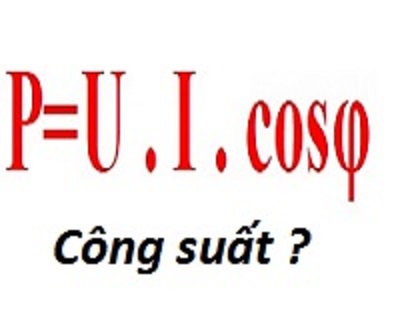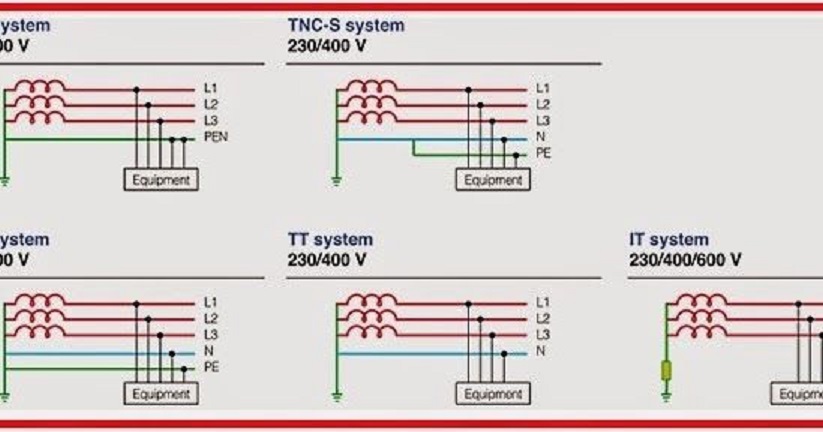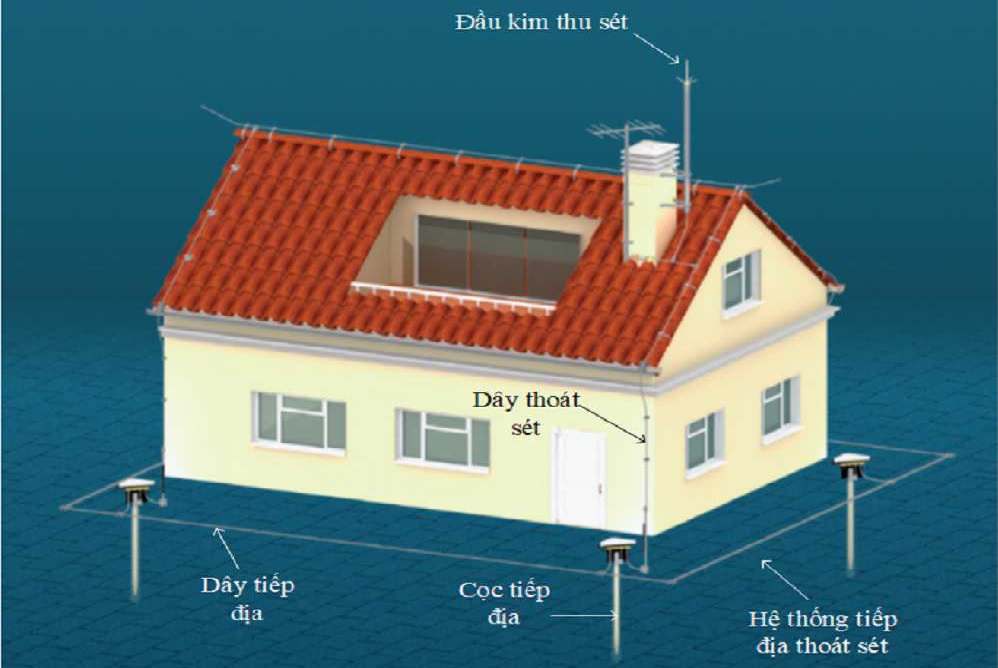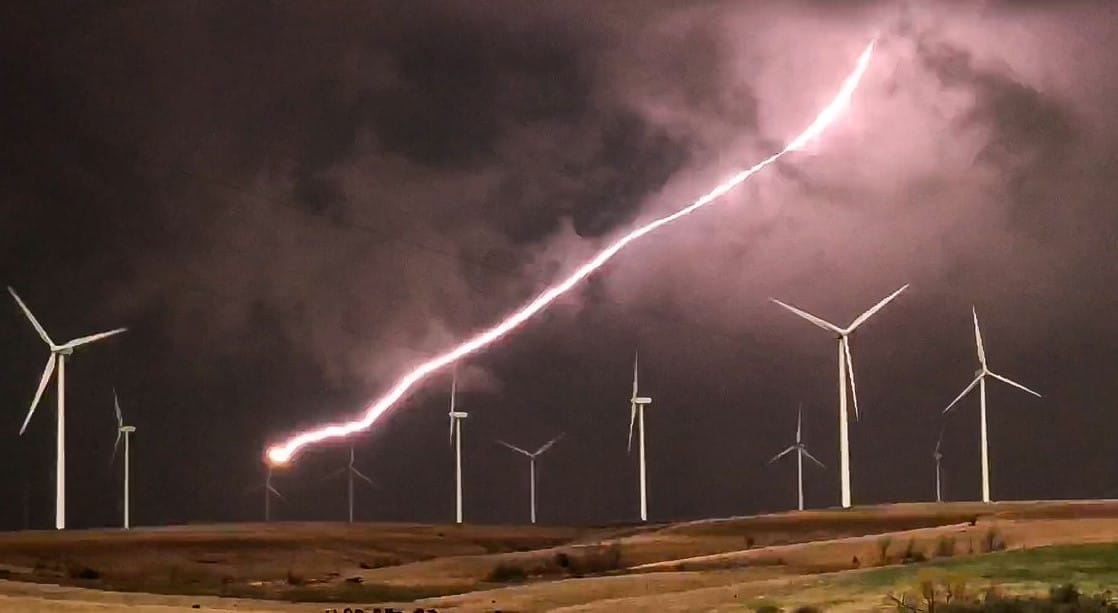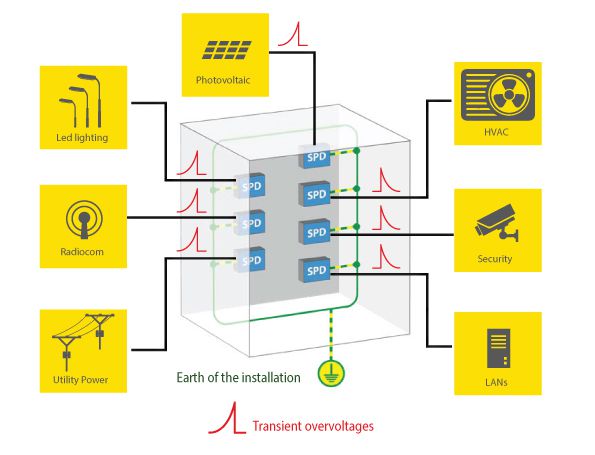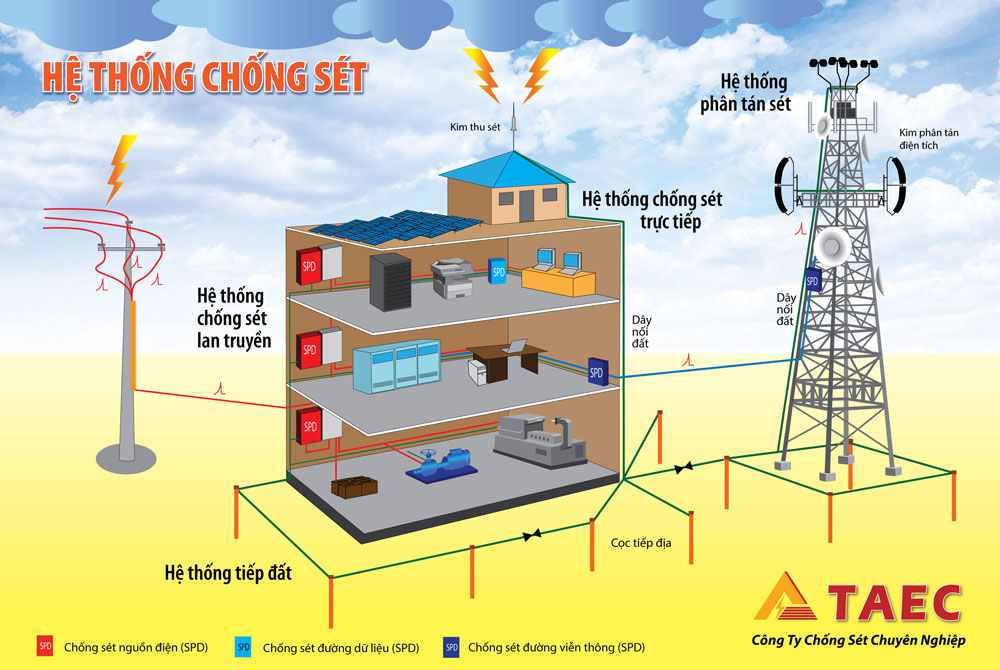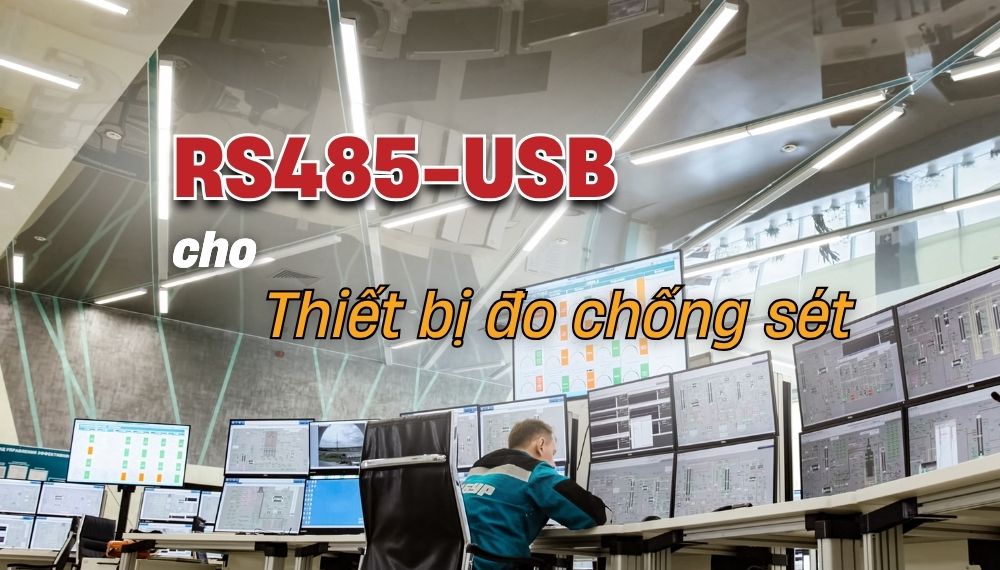IP Code - Ingress Protection Code
IP code or ingress protection code is defined by the International Electrotechnical Commission (IEC) under the international standard IEC 60529 which classifies and provides a guideline to the degree of protection provided by mechanical casings and electrical enclosures against intrusion, dust, accidental contact, and water. It is published in the European Union by the European Committee for Electrotechnical Standardization (CENELEC) as EN 60529.
The standard aims to provide users more detailed information than vague marketing terms such as waterproof. For example, a cellular phone rated at IP67 is "dust resistant" and can be "immersed in 1 meters of freshwater for up to 30 minutes". Similarly, an electrical socket rated IP22 is protected against insertion of fingers and will not become unsafe during a specified test in which it is exposed to vertically or nearly vertically dripping water. IP22 or IP2X are typical minimum requirements for the design of electrical accessories for indoor use.
The digits indicate conformity with the conditions summarized in the tables below. The digit 0 is used where no protection is provided. The digit is replaced with the letter X when insufficient data has been gathered to assign a protection level. The device can become less capable, however it cannot become unsafe.
There are no hyphens in a standard IP code. IPX-8 (for example) is thus an invalid IP code.
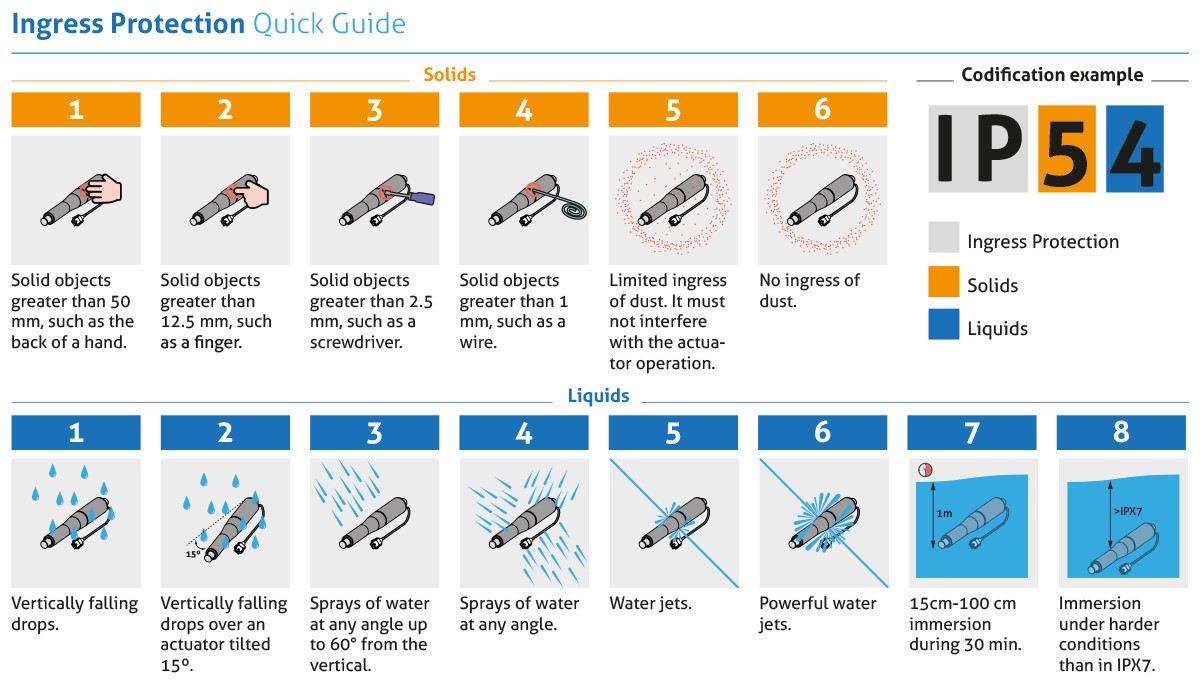
IP (Ingress Protection)
- First characteristic numeral: Solid particle protection: Single numeral: 0–6 or letter X
- Second digit: Liquid ingress protection: Single numeral: 0–8 or letter X
- Third digit: Mechanical impact resistance: Single numeral: 0–9
- Additional letter: Other protections
First digit: Solid particle protection
The first digit indicates the level of protection that the enclosure provides against access to hazardous parts (e.g., electrical conductors, moving parts) and the ingress of solid foreign objects.
Second digit: Liquid ingress protection
The second digit indicates the level of protection that the enclosure provides against harmful ingress of water.[1] The ratings for water ingress are not cumulative beyond IPX6. A device that is compliant with IPX7 (covering immersion in water) is not necessarily compliant with IPX5 or IPX6 (covering exposure to water jets). A device that meets both tests is indicated by listing both tests separated by a slash, e.g. IPX5/IPX7.
(From Wikipedia)



